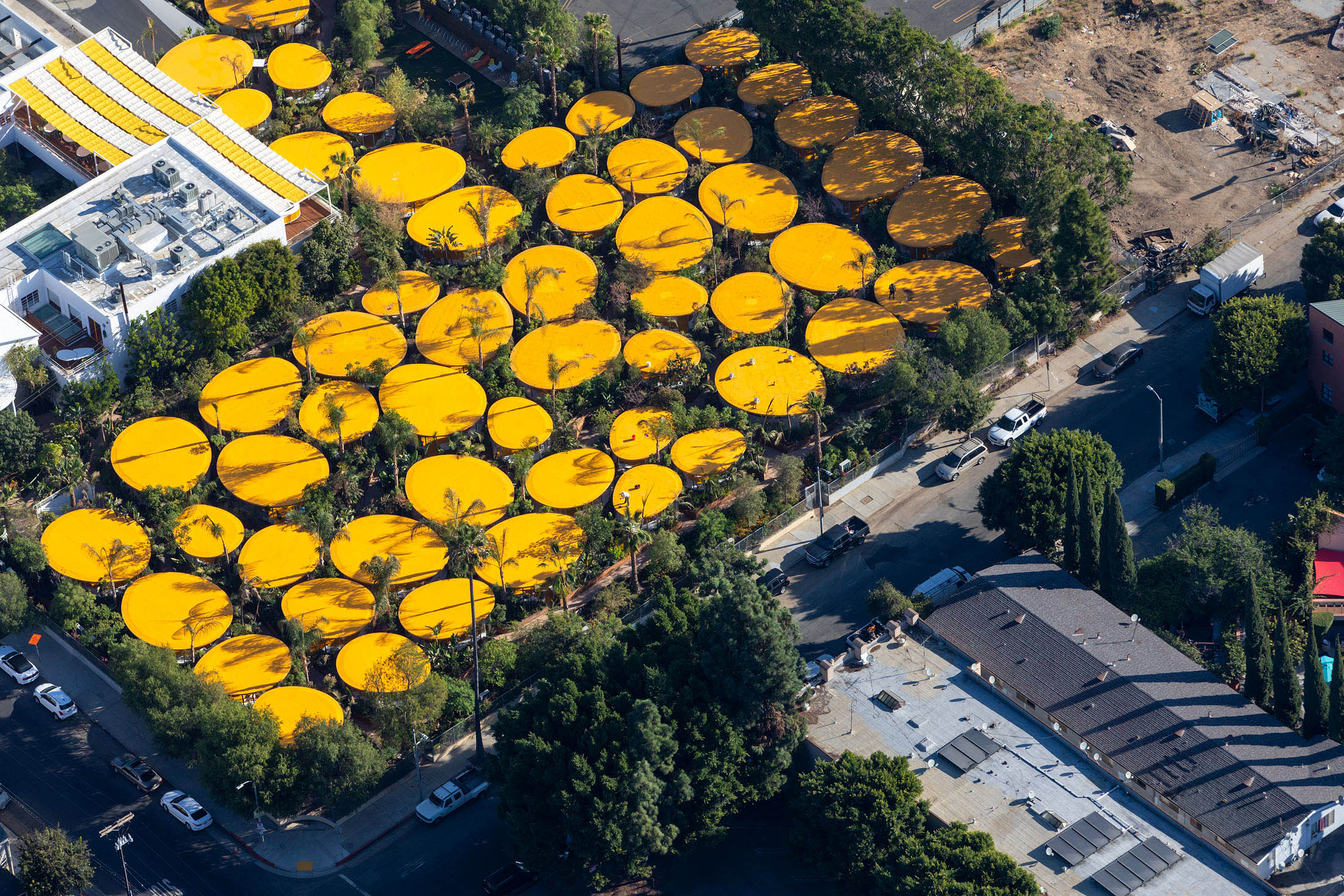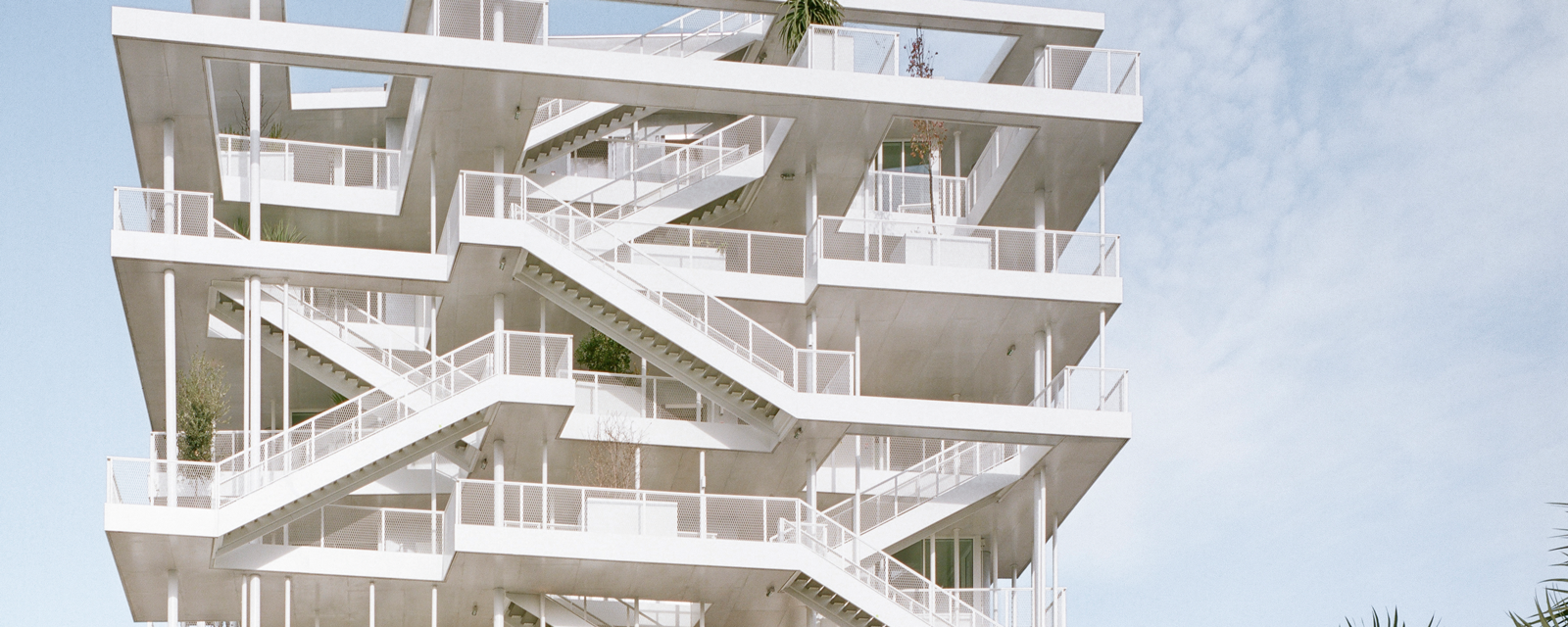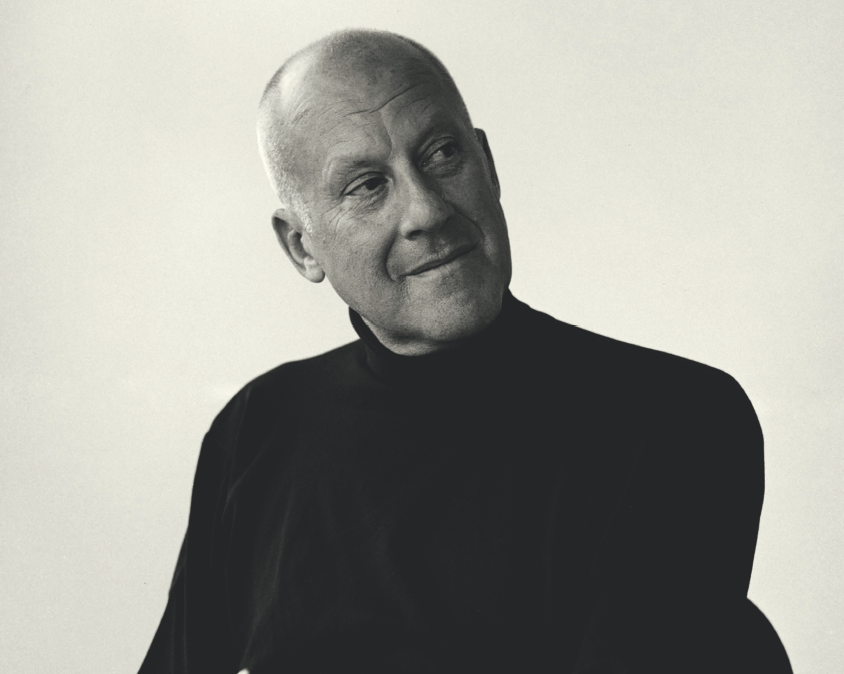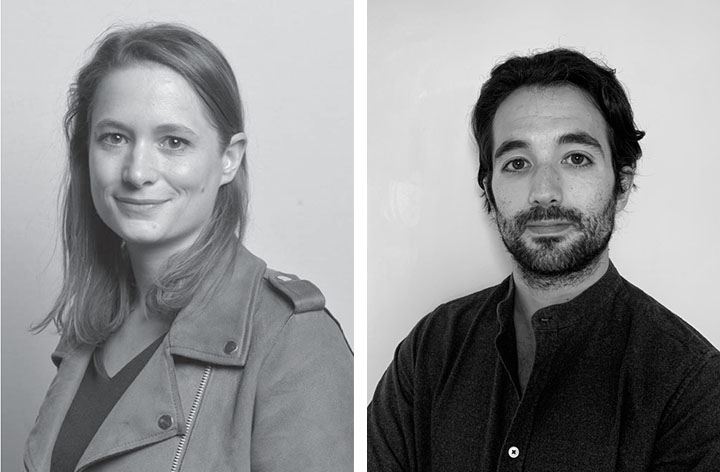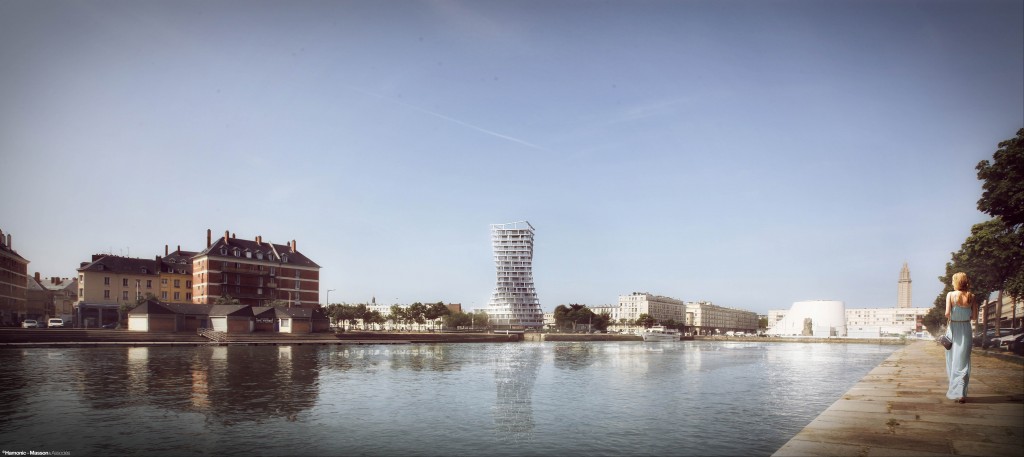
“Architecture has to be specific”, by Jean-Christophe Masson
“Housing constitutes 80% of the city. It’s a bit like water for the human body. We must therefore make this 80% exceptional”, writes French architect Jean-Christophe Masson, who calls on architects’ responsibility “to achieve a high level of quality”. But what is quality? In the following piece, he drafts a few answers, while condemning generic designs and rehabilitating beauty.
By Jean-Christophe Masson, co-founder of Hamonic + Masson & Associés
What is architecture? Would I define it with Vitruve and its art of constructing?
Of course not, we must conceive to be able to realize. Our ancestors did not build their huts without drawing it. It’s this projection of our mind, it’s this creative process that defines architecture.
Étienne-Louis Boullée, Architecture. Essai sur l’art, p. 45.
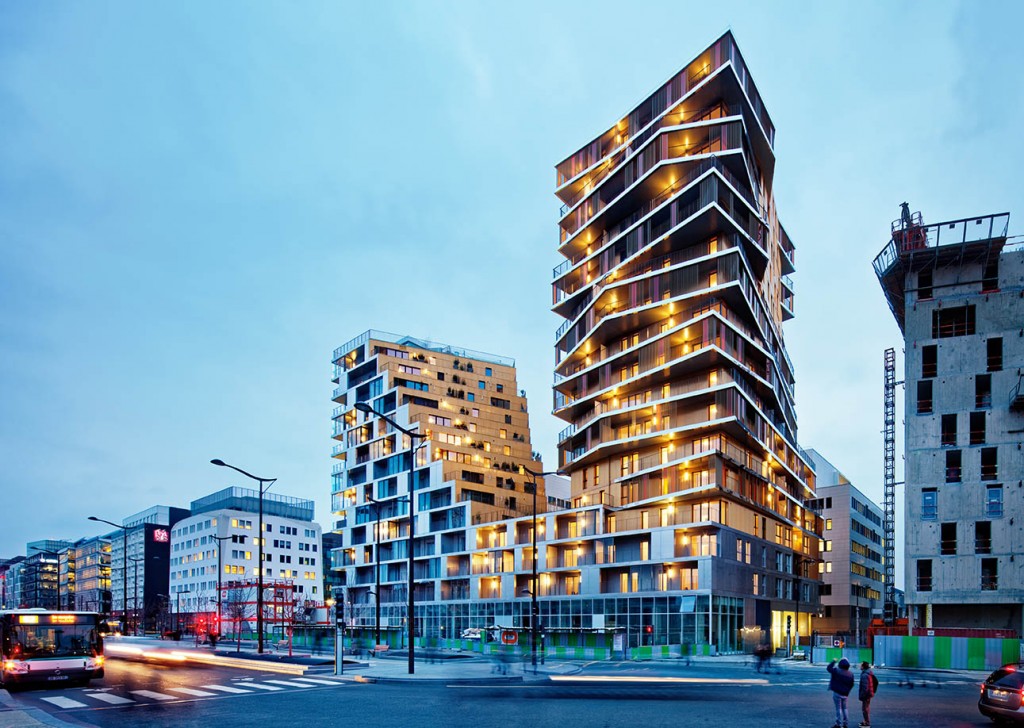
The urban fabric of a city is a reflection of the events that took place, growth, transition and change, where buildings convey messages about the way in which they were put together in the architectural sense. The city is like a book: it tells its own story by combining previous generations’ intervention. Nostalgia should not guide new projects, but rather an interrogation of what our predecessors attempted to build. Cities construct their own collective culture that we consider to be a natural environment. A key design policy consideration is that development should respond appropriately to its context, but that context should be defined to include the visual, social, functional and environmental dimensions. Architecture is concerned with culture, society and economics as well as the surrounding environment. Each country, each city, should select the best method for development, and not simply import new techniques, in order to produce architecture suitable for the place and circumstances it will be built in. The interaction between these aspects is vital in defining the characteristics of a place. The built environment of a city is thus a product of its socio cultural and political context, which in turn impacts both architecture and planning disciplines. The suitability of a particular site for a tall building development will, however, depend on site-specific circumstances and the proposal in question. The size of a building has important direct influences on our emotional response. That’s why it is important to have the choice between a horizontal densification or a vertical one in function of the local context.
Housing constitutes 80% of the city. It’s a bit like water for the human body. We must therefore make this 80% exceptional. The life and richness of a city are its inhabitants, and every metropolis across the world is looking for new solutions to supply to this demand. In this future mass production, we have the responsibility to achieve a high level of quality because it is the key for success. But what is quality? Respond to the desire and the search for ownership and differentiation by integrating various typologies within the collective, meaning there is no feeling of repetition. It’s a question of balance, of harmony between size, quality of life and context.
However today it is a different story…. It is complicated to find specificities as a generic approach has been adopted. We now see housing projects that resemble offices, or offices that resemble schools blooming all over the place. The problem is that all of these buildings resemble… nothing, because everything now looks the same. Banality as an urban condition is a premise defended by numerous political actors. Architects go along with it, and developers are reassured.
What’s even worse is the economical model in place for the construction of housing, which is reminiscent of the darkest days of mass production experienced in the 60s and 70s: low cost, prefabrication, standardisation. The grid goes hand in hand with austerity. Political figures, urban planners and architects employ words like “flexibility”, “green architecture” “prefab “ in order to propose solutions to today’s problems. They have become contagious and have consequently lost all meaning. This reduce thought is to apply a formula, creating a secure and safe approach to building design. Flexibility is not a question of simply applying a global, mechanical approach to the way people interact with a space. These terms are framed and static, reduced to the point where they produce a repetitive framework; a model to be followed by all, producing generic and banal results every time.

The reality is that the world around us is organic and cannot be organised using these predictable criteria. Architecture has to be specific. The more specific you are the more mutable you could be. Old cities tell a story. They are made up of different layers from different eras, creating an organic, complex, unpredictable environment, similar to an organism. We should not fear this complexity. We should embrace and play with it instead of pursuing a reductive, minimalist response, for this produces a predictable, generic city. Cities are one of the main inventions of humanity and therefore have a connection with the ideas of heritage and identity.
We have a responsibility to approach the city from a more natural point of view. We must embrace complexity and unpredictability by using different methods every time in order to recreate adventure, surprise and most importantly, evolution. Flexibility is found in diversity and mutability, which produces new urban forms.
If we can introduce this idea of specificity, we should be able to ensure transversal quality in the mass production approach to solving the housing crisis in. It means that industry (prefab…), private actors (developers…), politicians, architects and so on have to confront the guidelines and react accordingly. And finally all of this has to be linked with the idea of communities, meaning the feeling of belonging and being part of something unique. You can introduce this feeling in any situation if you have access to the right infrastructure. Development concerns far more than just building homes. Communities need roads, rail links, schools shops, GP surgeries, parks, playgrounds and a generous public space. Without the right infrastructure, no new community will thrive. Housing is the image of a society. It carries within it the ambitions, or not, of its time. It is a true cultural vector that returns an instantaneous image of the state of mind of the moment. Housing is in the field of culture, and culture is what remains in the end. Today we need a city of generosity.
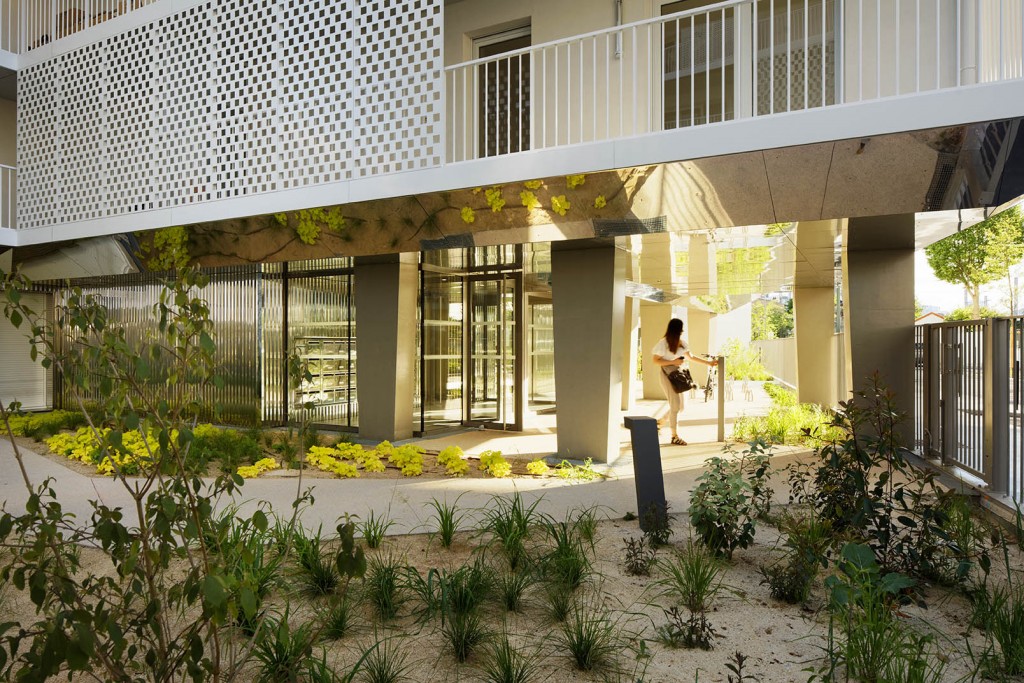
Architecture is the principle of space and economic generosity, serving life, uses and appropriation, in order to change perception, norms and standards. Beyond all aesthetic and formal determination, beyond rules, codes and programs, buildings are beautiful when people feel good in it, when the light is beautiful, when the uses and sensations are unexpected. The quintessence of this architectural act is the habitat. Each home is unique: like its inhabitants and its architects, it is a story that tells itself. In this, it is not a financial product but a cultural act.
All questions of architecture are asked in housing. A true laboratory for architects, it is above all a deeply human adventure. It also tells the territory where it’s implented, whether in town, in the countryside, in dense or diffuse environment, with strong urban constraints, historical or in breathtaking virgin sites. A housing building must say something, be something and be somewhere, not anywhere. You have to be fair about everything.
The character of the architecture is the architect’s job. But most of the time, the ambition is no longer quality but quantity. Aesthetics, beauty, form and idea have become suspicious words. According to certain critics, this would be the antithesis of a modest, pragmatic architecture that prioritises functionality, varied use, and immersion in context rather than artistic embellishment.
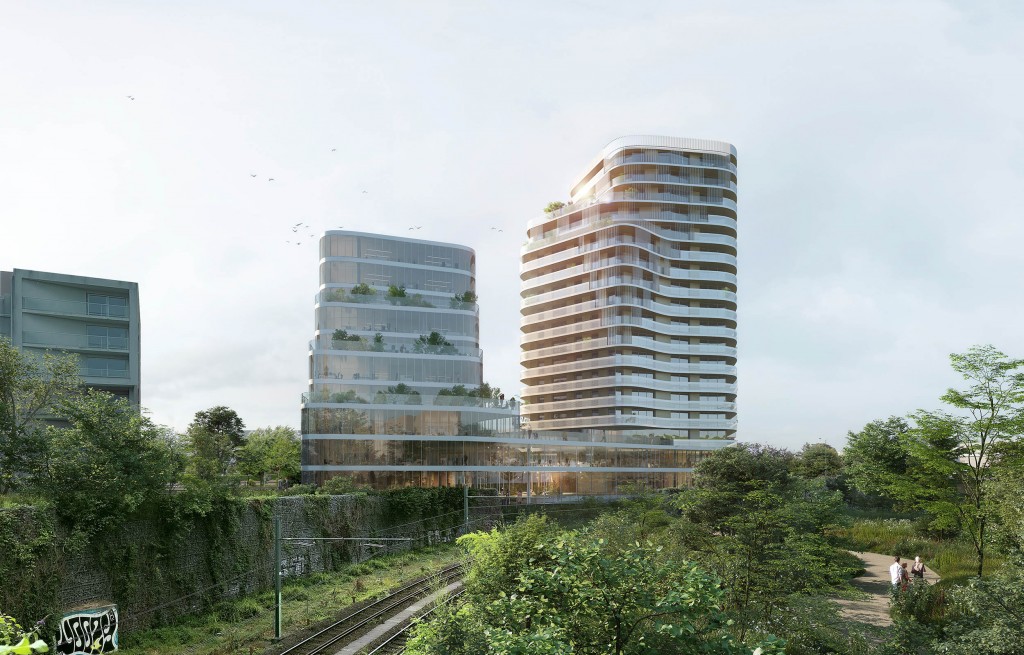
In all other fundamental disciplines, the ultimate aim is the quest for beauty. “The scientist does not study nature because it is useful to do so. He studies it because he takes pleasure in it, and he takes pleasure in it because it is beautiful. If nature were not beautiful it would not be worth knowing, and life would not be worth living… What I mean is that more intimate beauty which comes from the harmonious order of its parts, and which a pure intelligence can grasp.” He continues: “Simplicity and immensity are both beautiful. This is why we prefer searching for simple and complex facts. It is also why we enjoy following huge trails of stars, examining the infinitely small under a microscope which in itself is a huge world, as well as researching geological ages and traces of the past which fascinate us because they are so distant.” In the same vein, Hermann Weyl wrote:
My work has always tried to unite truth with beauty, but when I have to choose one or the other, I generally choose beauty.
I strongly believe that in order to create architecture, you must be able to go above and beyond the pure technique of construction. Of course it is a question of mastering the fundamentals, but also escaping from acquired techniques to allow one’s own vision to emerge, and to share this vision, just like in music. In order to achieve this you must choose your own path, which is often buried within one’s own personal history. Where you come from, where you live: your heritage. What I like about this word is that it talks about the past, present and future. Everything is history, whether it is already written or is to be written… it defines your identity.
To be an architect is above all a state of mind. It’s about knowing how to invent new territories, make the ordinary extraordinary, and seize opportunities when they present themselves. We must find this freedom of formal, styled, material and typological experimentation. Aesthetic values, meaning those which relate to art and beauty, must be reconsidered in order to create ethical, modern and democratic projects.
—

